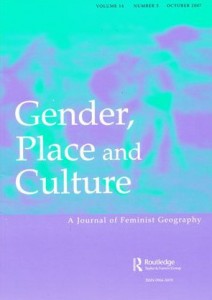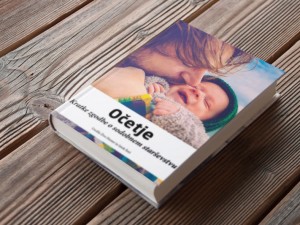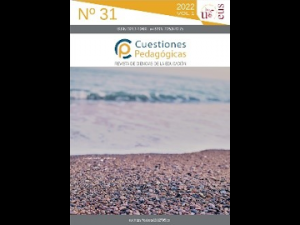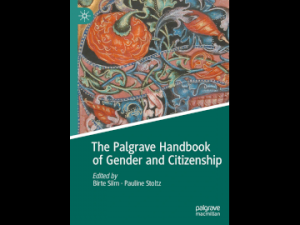Digitalising sex commerce and sex work: a comparative analysis of French, Greek and Slovenian websites
13. 3. 2015 | Gender
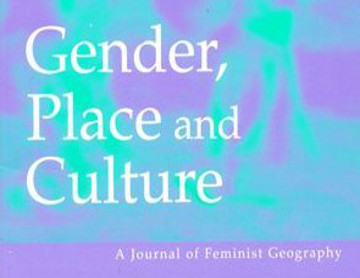
The aim of this article by Mojca Pajnik, Nelli Kambouri, Matthieu Renault & Iztok Šori, is to explore the complexity of the online sex trade and work by analysing sexuality-related commercial websites, with reference to three European states, France, Greece and Slovenia. The article compares websites in each specific sociocultural context, in order to provide insights into the various types of networks and services that emerge, and to explore how they operate, how they communicate and how sex is being merchandised.
In the article we have conducted a two-tier analysis: The first part discusses results of a quantitative macro-analysis exploring 149 websites, while the second part is a micro-analysis analysing the visualisation of egocentric network of three selected websites. The focus is on understanding how gender relations develop in digital environment and how within cyberspace sectorial and national divides are dealt with. While there is evidence to suggest that in some sectors the Internet has opened avenues for sex workers to work independently of the control networks, there are also many forms of exploitation that arise from new media. We observe that sex commerce online is not particularly attentive to the agency of sex workers but is, to the contrary, oriented to provide opportunities and a forum for businessmen and clients.
Material for this work was collected as part of the project MIG@NET: Transnational Digital Networks, Migration and Gender funded by the 7th Framework Programme of the EC, 2010–2013. The Peace institute was a partner to the project that was coordinated by the Panteion University of Social and Political Sciences, Center for Gender Studies, Athens.
The article was published in Gender, Place & Culture: A Journal of Feminist Geography, 2015.

